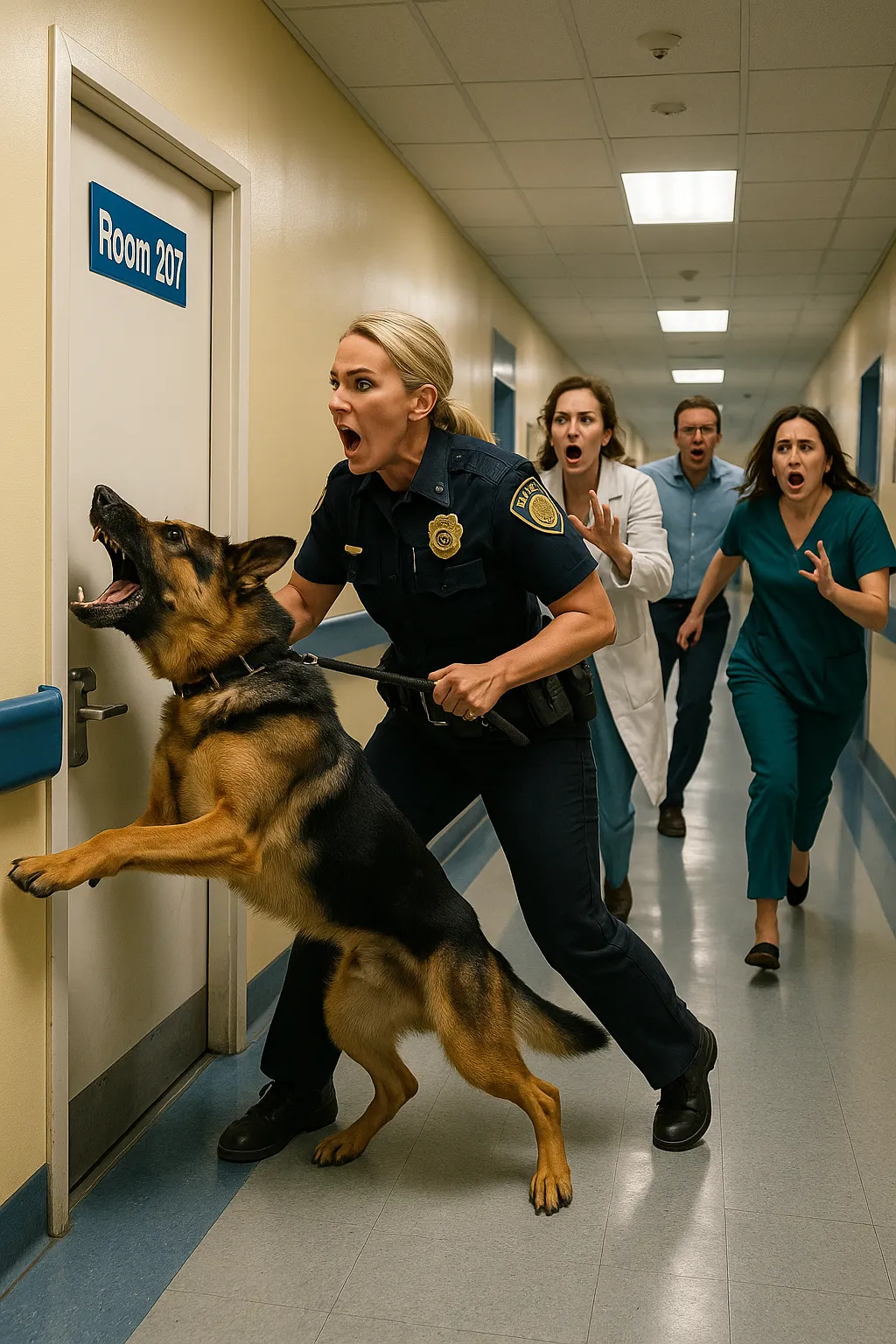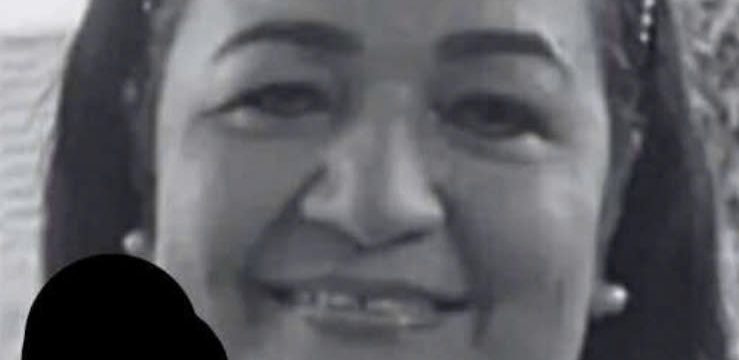For centuries, dogs have earned their place as humanity’s most loyal companions. They comfort us when we’re lonely, protect us when we’re vulnerable, and sometimes, they even notice things we would otherwise miss. Their devotion and instincts go beyond words, and it’s why stories of their heroism never fail to inspire. This is the extraordinary account of Max, a highly trained German Shepherd K9, whose refusal to walk away from a hospital room no one thought mattered led to a discovery that left staff and investigators stunned.

From generation to generation, dogs have served as far more than household pets. They have been guardians, helpers, and faithful friends. Many seniors know this bond best, having spent years with dogs that seemed to sense their moods before a single word was spoken. Beyond companionship, dogs have shaped daily life and public safety in countless ways. Some are trained as service animals to guide people with vision loss, others bring comfort as therapy dogs, and still others risk their lives in search and rescue missions. Among the most disciplined and relied upon are K9 police dogs, who serve on the front lines of law enforcement.
K9s are trained to detect explosives, drugs, missing persons, and even electronic devices. Their training, paired with their natural instincts, makes them invaluable. Breeds such as German Shepherds, Belgian Malinois, and Labradors are common in these roles because of their intelligence and drive. These animals are not just working dogs; they are trusted partners who protect both their handlers and their communities.
Max was one of these exceptional dogs. Strong, intelligent, and bonded deeply with his handler, Officer Kelly, he had already proven his skills on numerous occasions. Within the department, he was known as reliable, determined, and unwavering in his duties. To Officer Kelly, he was more than just a partner—he was family. What no one knew, however, was that Max would soon make a discovery that went far beyond the usual work of a K9.
It began on what seemed like an ordinary morning at a local hospital. The halls were quiet, nurses moved between patients, and nothing appeared out of place. But Max suddenly broke that calm with a series of sharp, urgent barks. His attention was locked on Room 207, a space believed to be empty for weeks. Confused, staff exchanged glances, unsure of why a disciplined police dog would react so strongly to a vacant room.
Despite attempts to redirect him, Max would not settle. He barked louder, pressed his nose against the door, and his body remained tense. Patients peeked from their rooms, startled by the commotion. To anyone who knew K9 dogs, this behavior was a clear sign—something was not right.
Officer Kelly had worked with Max long enough to know when to trust his instincts. Over the years, she had seen him track down suspects, find missing children, and uncover hidden items no one else could detect. If Max insisted that Room 207 held something unusual, then there had to be a reason. Though the room was marked as unused, Kelly felt a chill as she motioned for staff to join her. Together, they unlocked the door and stepped inside.
What they found was unexpected. The room was messy, with chairs knocked over and supplies scattered as though someone had left in a hurry. Max moved quickly around the space, barking and sniffing at one section of the wall. Officer Kelly followed his lead and ran her hand along the plaster. To her surprise, a loose panel revealed a hidden compartment.
Inside that compartment was a stash of items that had no place in a hospital. Investigators later confirmed the materials were linked to illegal activity, part of a broader operation that had gone undetected. Without Max’s persistence, this hidden cache may never have been discovered.
The scene quickly turned from confusion to urgency. Backup was called, officers secured the area, and evidence was carefully collected. Investigations began immediately into how the room had been used and how such dangerous items had been hidden in plain sight. The discovery raised serious questions, but one fact was undeniable: Max had once again shown why K9 dogs are heroes.
News of Max’s actions spread quickly. Hospital staff praised him, fellow officers rewarded him with treats and affection, and to his handler, he was nothing short of a lifesaver. Max reminded everyone that day of the powerful roles dogs play, not just as companions but as protectors. To those in the hospital, he wasn’t just a police dog—he was the guardian who revealed a secret that might have otherwise remained buried.
Stories like Max’s carry special meaning for older adults, many of whom cherish lifelong memories of loyal pets who stood by them in good and bad times. His courage reminded people everywhere of what dogs represent: loyalty, bravery, and an instinctive sense of when something is wrong.
There are also important lessons in Max’s story. First, instincts matter. Whether human or animal, listening to that inner signal can prevent danger and reveal truth. Second, animals play extraordinary roles in society. They are not just bystanders; they are active protectors and partners. Finally, heroes come in many forms. Not all wear uniforms—some walk on four paws, with fur and unwavering devotion.
Room 207 was supposed to be just another unused hospital room, but instead it became the site of an unforgettable discovery. Max’s refusal to ignore his instincts changed the course of an investigation and potentially prevented greater harm. His story is more than a tale of a police dog—it is a reminder of the remarkable partnership between humans and animals and the ways in which trust, courage, and loyalty can alter events.
The next time you see a police dog walking beside an officer, remember Max. Behind those alert eyes and steady steps lies the possibility of instincts that might one day save lives. He was not just a dog doing his job—he was a hero who proved once again that sometimes, the most extraordinary guardians come with wagging tails.





